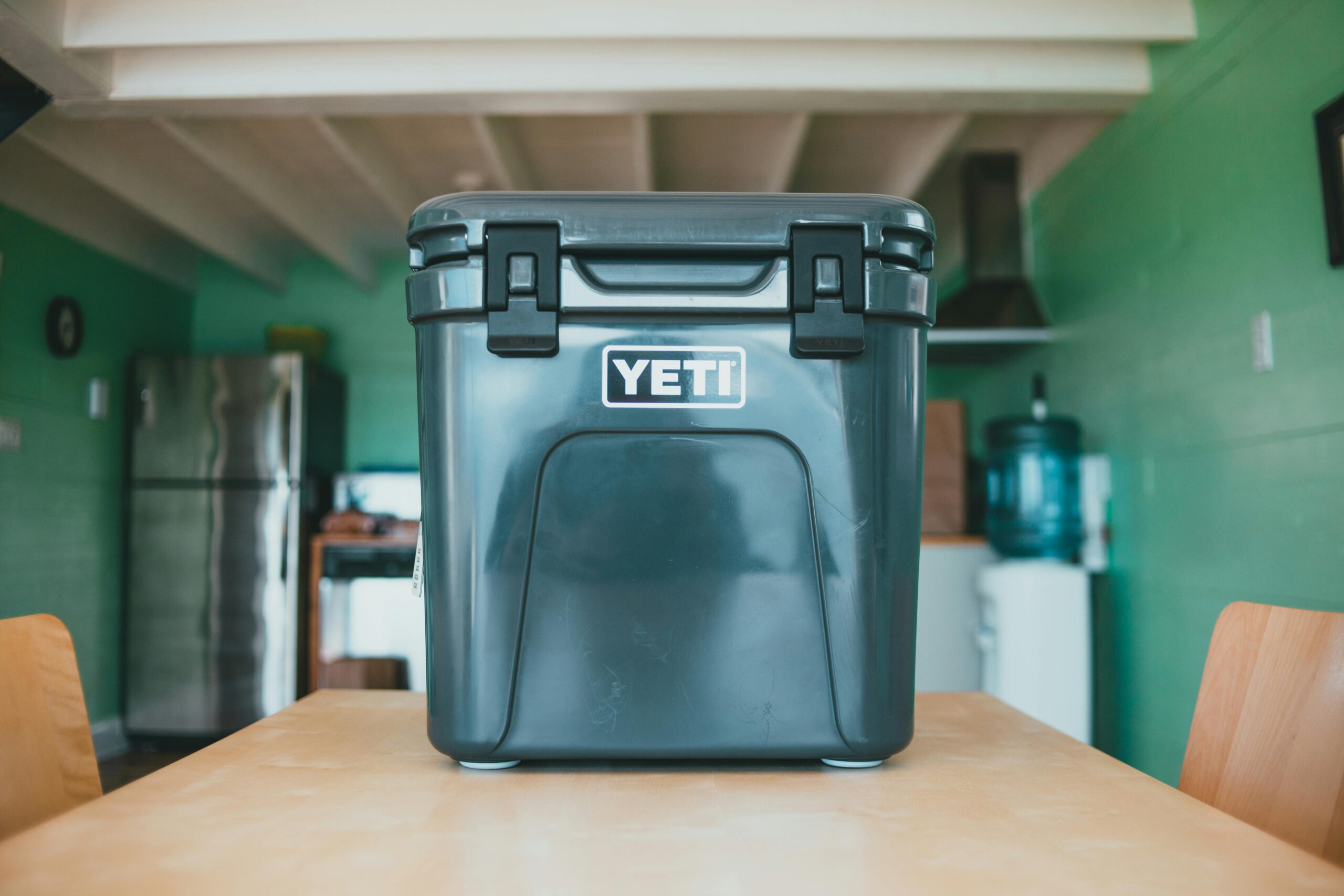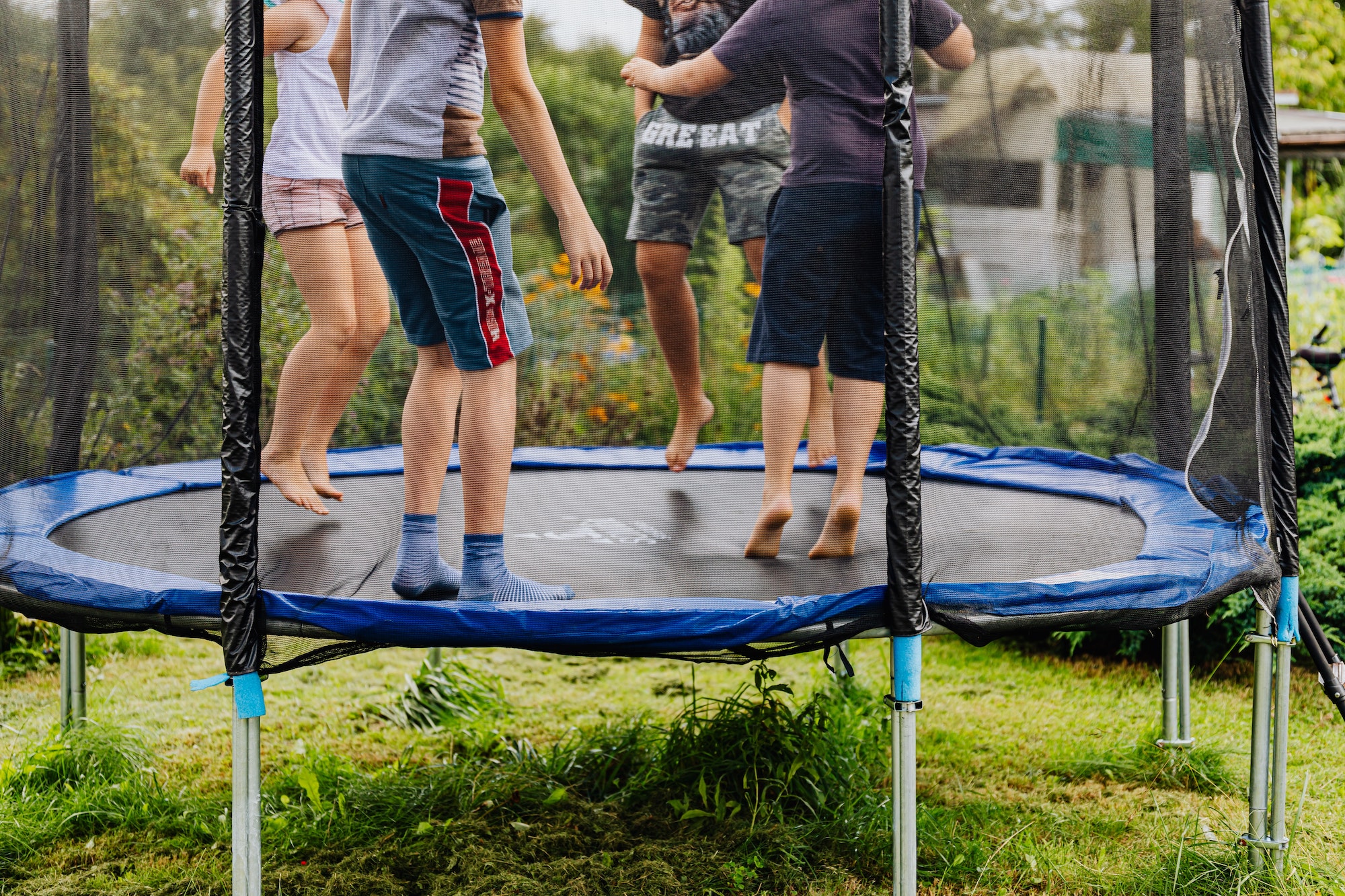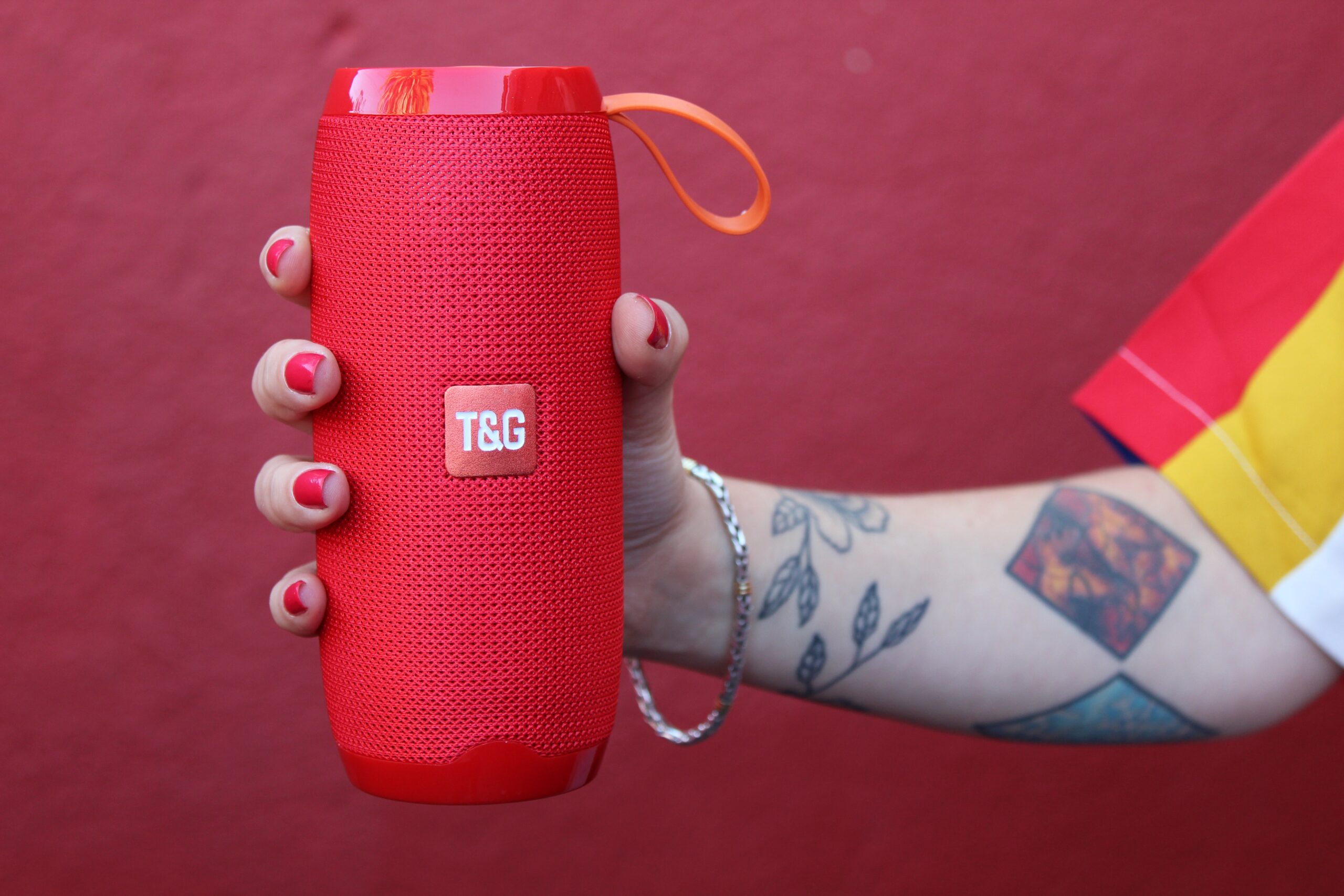Packing a cooler efficiently is crucial for outdoor adventures, road trips, and picnics. A well-packed cooler ensures that your food and drinks stay fresh, prevents leaks, and maximizes space. This comprehensive guide will walk you through the process of packing a cooler, from choosing the right cooler to packing techniques and tips for different types of outings.
Choosing the Right Cooler
Types of Coolers
Coolers come in various shapes, sizes, and materials. Understanding the different types can help you choose the right one for your needs:
- Hard-Sided Coolers: These are durable and provide excellent insulation. They are perfect for long trips and rough conditions.
- Soft-Sided Coolers: Lightweight and easy to carry, these are ideal for short trips or when you need a more portable option.
- Electric Coolers: Powered by a car adapter or outlet, these coolers are great for extended trips where you have access to electricity.
- Cooler Bags: These are highly portable and best for short, casual outings like picnics or day trips.
Cooler Sizes
The size of your cooler should match the duration of your trip and the number of people you’re catering for. Here are some general guidelines:
- Small Coolers (Up to 20 Quarts): Suitable for single-day outings or small groups.
- Medium Coolers (20-50 Quarts): Ideal for weekend trips or moderate-sized groups.
- Large Coolers (50-100+ Quarts): Best for extended trips or large gatherings.
Insulation and Ice Retention
Consider the cooler’s insulation capabilities and ice retention time. High-quality coolers can keep ice for several days, while budget options might only last a day or two. Look for coolers with thick walls and a good seal to ensure maximum efficiency.
Preparing Your Cooler
Cleaning and Pre-Cooling
Before packing your cooler, it’s essential to clean and pre-cool it:
- Cleaning: Wash the cooler with warm, soapy water and rinse thoroughly. Ensure it’s completely dry before use.
- Pre-Cooling: Place a bag of ice in the cooler for a few hours before packing. This lowers the internal temperature, helping your ice last longer.
Choosing the Right Ice
The type of ice you use can impact how well your cooler performs:
- Block Ice: Lasts longer than cubed ice and is excellent for long trips.
- Cubed Ice: Cools items quickly but melts faster. It’s suitable for short trips or supplementing block ice.
- Dry Ice: Extremely cold and long-lasting. Ideal for long trips, but handle with care as it can cause burns and damage some coolers.
Packing Your Cooler
Layering Technique
Proper layering ensures that your cooler stays cold and organized:
- Bottom Layer: Start with a layer of block ice or ice packs.
- Middle Layer: Place heavier and less frequently accessed items like meats and dairy products.
- Top Layer: Add lighter and more frequently accessed items like snacks, drinks, and fruits.
- Top Layer of Ice: Finish with a layer of cubed ice to keep everything cold.
Using Containers and Bags
Organize your cooler using containers and bags to prevent leaks and cross-contamination:
- Waterproof Containers: Store raw meats and other items that might leak in sealed containers.
- Resealable Bags: Use resealable bags for fruits, vegetables, and snacks to keep them fresh and dry.
- Layering Containers: Stack containers in a way that minimizes gaps and maximizes space.
Maximizing Space
Efficient use of space is crucial for keeping everything cold and accessible:
- Pack Tightly: A full cooler stays colder longer. Fill any gaps with smaller items or additional ice packs.
- Vertical Packing: Arrange items vertically to make the most of the cooler’s height.
- Beverage Organization: Place drinks on the sides or in separate cooler compartments for easy access.
Keeping Your Cooler Cold
Minimizing Air Exchange
Reducing the amount of warm air entering your cooler helps maintain its temperature:
- Limit Openings: Open the cooler as infrequently as possible. Plan ahead and know what you need before opening it.
- Use a Towel or Blanket: Cover the cooler with a towel or blanket to add an extra layer of insulation.
Strategic Placement
Where you place your cooler can impact its cooling efficiency:
- Shade: Keep the cooler in the shade to avoid direct sunlight, which can cause the ice to melt faster.
- Elevation: Elevate the cooler off hot surfaces like sand or asphalt to prevent heat transfer.
Replenishing Ice
For longer trips, you’ll need to replenish the ice:
- Keep Extra Ice: Bring extra ice in a separate cooler or purchase more ice along the way.
- Ice Alternatives: Consider using reusable ice packs or frozen water bottles, which can also serve as drinking water once melted.
Special Tips for Different Types of Trips
Day Trips
For short day trips, focus on convenience and quick access:
- Pre-Chill Items: Ensure all items are pre-chilled before packing.
- Pack Snacks and Drinks: Use a smaller cooler or cooler bag for easy carrying and quick access to snacks and drinks.
Camping Trips
For camping, prioritize longevity and meal planning:
- Meal Prep: Plan your meals and pack ingredients accordingly. Store raw meats in the coldest part of the cooler.
- Separate Coolers: Use separate coolers for drinks and food to minimize the number of times you open each cooler.
Road Trips
For road trips, accessibility and organization are key:
- Accessible Items: Keep drinks and snacks in an easily accessible cooler.
- Ice Packs: Use ice packs to avoid dealing with melted ice in the car.
Beach Outings
For the beach, consider sand and sun exposure:
- Sand Protection: Use a cooler with a good seal to keep sand out.
- Extra Ice: Bring extra ice or ice packs to combat the heat.
Maintenance and Care
Cleaning After Use
Proper maintenance extends the life of your cooler:
- Empty and Rinse: Empty the cooler of all contents and melt water. Rinse with clean water.
- Cleaning: Wash with warm, soapy water and a sponge. Rinse thoroughly and allow to dry completely.
- Odor Removal: For stubborn odors, use a mixture of baking soda and water, then rinse and dry.
Storage Tips
Store your cooler correctly to ensure it’s ready for your next adventure:
- Dry Completely: Ensure the cooler is completely dry before storing to prevent mold and mildew.
- Store Open: Leave the lid slightly open to allow air circulation.
- Avoid Extreme Temperatures: Store in a cool, dry place away from direct sunlight or extreme temperatures.
Troubleshooting Common Issues
Ice Melts Too Quickly
If your ice is melting too quickly, consider these solutions:
- Pre-Cooling: Ensure your cooler is pre-cooled before packing.
- Ice Choice: Use block ice for longer trips and supplement with cubed ice.
- Insulation: Add extra insulation with towels or blankets.
Food Spoilage
To prevent food spoilage, follow these tips:
- Temperature Control: Keep the cooler at the correct temperature by using enough ice and limiting openings.
- Proper Packing: Pack perishable items near the bottom and use sealed containers.
Leaks and Spills
Avoid leaks and spills by:
- Using Sealed Containers: Store items prone to leaking in sealed, waterproof containers.
- Monitoring Melt Water: Regularly drain melt water to prevent it from reaching your food.
Frequently Asked Questions (FAQs)
What is the best type of ice to use in a cooler?
The best type of ice depends on your trip’s duration. Block ice lasts longer, making it ideal for extended trips, while cubed ice cools items quickly and is suitable for shorter outings.
How do I prevent my cooler from leaking?
To prevent leaks, use sealed, waterproof containers for items that might leak and regularly drain melt water from the cooler.
How can I maximize space in my cooler?
Pack items tightly, use vertical packing, and fill gaps with smaller items or additional ice packs to maximize space.
How long can a cooler keep food cold?
High-quality coolers can keep food cold for several days, while budget coolers might only last a day or two. The exact duration depends on factors like the type of cooler, the amount of ice, and external temperatures.
Should I pre-chill items before packing them in the cooler?
Yes, pre-chilling items before packing them in the cooler helps maintain the cooler’s internal temperature and prolongs ice retention.
Can I use dry ice in my cooler?
Yes, dry ice is extremely cold and long-lasting, making it ideal for long trips. However, handle it with care as it can cause burns and damage some coolers.
How often should I drain melt water from the cooler?
Drain melt water regularly to prevent it from reaching your food and to maintain the cooler’s cold temperature.
What is the best way to clean a cooler after use?
Empty the cooler, rinse with clean water, wash with warm, soapy water, rinse thoroughly, and allow it to dry completely. For stubborn odors, use a mixture of baking soda and water.
How can I keep my cooler cold for longer periods?
Pre-cool the cooler, use block ice, limit the number of times you open the cooler, and add extra insulation with towels or blankets.
Should I use separate coolers for food and drinks?
Using separate coolers for food and drinks helps minimize the number of times each cooler is opened, maintaining their internal temperatures more effectively.
What should I do if my ice melts too quickly?
Ensure the cooler is pre-cooled, use block ice, and add extra insulation to help slow down the melting process.
Can I store a cooler in extreme temperatures?
Avoid storing a cooler in extreme temperatures. Store it in a cool, dry place away from direct sunlight or extreme cold.
How can I prevent food spoilage in a cooler?
Keep the cooler at the correct temperature by using enough ice, limiting openings, and packing perishable items near the bottom in sealed containers.
What size cooler should I use for a weekend trip?
A medium cooler (20-50 quarts) is generally suitable for a weekend trip, depending on the number of people and the amount of food and drinks.
How do I pack a cooler for a beach outing?
Use a cooler with a good seal to keep sand out, pack extra ice or ice packs to combat the heat, and keep the cooler in the shade.
What is the best way to organize a cooler for a road trip?
Keep drinks and snacks in an easily accessible cooler, use ice packs to avoid dealing with melted ice, and pack items vertically to maximize space.
How can I keep my cooler cold without ice?
Use reusable ice packs or frozen water bottles as alternatives to ice. These can also serve as drinking water once melted.
What is the layering technique for packing a cooler?
Start with a layer of block ice or ice packs at the bottom, add heavier and less frequently accessed items in the middle, place lighter and more frequently accessed items on top, and finish with a layer of cubed ice.
How do I prevent cross-contamination in a cooler?
Use sealed containers and resealable bags to prevent leaks and cross-contamination between raw and cooked foods.
Can I use my cooler as a seat or table?
Some hard-sided coolers are designed to double as seats or tables, but always check the manufacturer’s guidelines to avoid damaging the cooler.
How do I choose the right size cooler for my needs?
Consider the duration of your trip, the number of people, and the amount of food and drinks you need to store when choosing the right size cooler.
How do I ensure my cooler stays cold during a camping trip?
Pre-chill items, use block ice, store raw meats in the coldest part of the cooler, and use separate coolers for drinks and food.
What should I do if my cooler develops mold or mildew?
Clean the cooler thoroughly with warm, soapy water and a sponge. For stubborn mold or mildew, use a mixture of baking soda and water, then rinse and dry completely.
How can I keep my cooler organized?
Use waterproof containers and resealable bags, stack containers to minimize gaps, and place frequently accessed items on top for easy access.
What are the benefits of using a hard-sided cooler?
Hard-sided coolers are durable, provide excellent insulation, and can keep ice for several days, making them ideal for long trips and rough conditions.
How do I handle dry ice in a cooler?
Handle dry ice with care, using gloves to avoid burns. Ensure proper ventilation, as dry ice can produce carbon dioxide gas.
What are the advantages of a soft-sided cooler?
Soft-sided coolers are lightweight, easy to carry, and ideal for short trips or when you need a more portable option.
How do I choose the best cooler for a picnic?
For a picnic, choose a cooler that is easy to carry, such as a cooler bag or small soft-sided cooler. Ensure it has enough space for your food and drinks.
What should I do if my cooler’s seal is damaged?
Replace the seal if possible, or use extra insulation like towels or blankets to help maintain the cooler’s temperature.
How do I keep drinks cold in a cooler without freezing them?
Place drinks in the cooler with ice packs or frozen water bottles instead of directly on ice. This will keep them cold without freezing.
Can I use my cooler to transport hot food?
Yes, some coolers can keep hot food warm. Pre-heat the cooler with hot water, then pack the hot food and cover it with towels or blankets for added insulation.
How do I pack a cooler for a fishing trip?
Use a cooler with good ice retention, pack block ice or frozen gel packs, and store fish in waterproof bags or containers to prevent leaks.
What is the best way to store a cooler between uses?
Ensure the cooler is completely dry, leave the lid slightly open for air circulation, and store it in a cool, dry place away from direct sunlight or extreme temperatures.
How do I prevent my cooler from smelling bad?
Clean the cooler thoroughly after each use, allow it to dry completely, and store it with the lid slightly open. Use baking soda or activated charcoal to absorb any lingering odors.
How can I keep my cooler from getting too heavy?
Pack only what you need, use lightweight containers and ice packs, and consider using multiple smaller coolers instead of one large one.
What should I do if my cooler’s latch is broken?
Replace the latch if possible, or use straps or bungee cords to secure the lid and maintain a good seal.
How can I ensure my cooler stays cold in a hot car?
Pre-chill the cooler, use block ice, keep the cooler in the shade, and cover it with towels or blankets for extra insulation. Limit the number of times you open the cooler.
Conclusion
Packing a cooler effectively requires some planning and knowledge. By choosing the right cooler, preparing it properly, and packing it efficiently, you can ensure your food and drinks stay fresh and cold throughout your trip. Whether you’re heading out for a day at the beach, a camping adventure, or a road trip, these tips will help you make the most of your cooler and keep your provisions in top condition.



